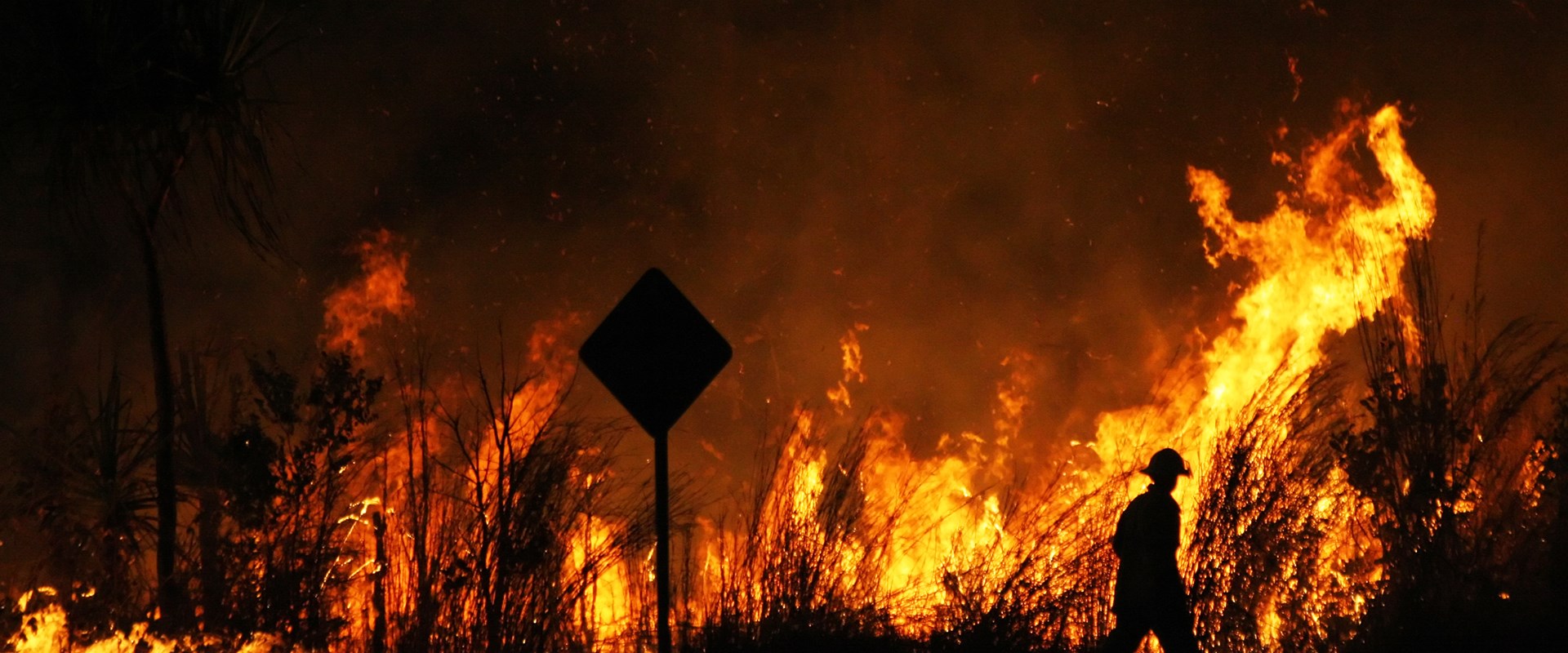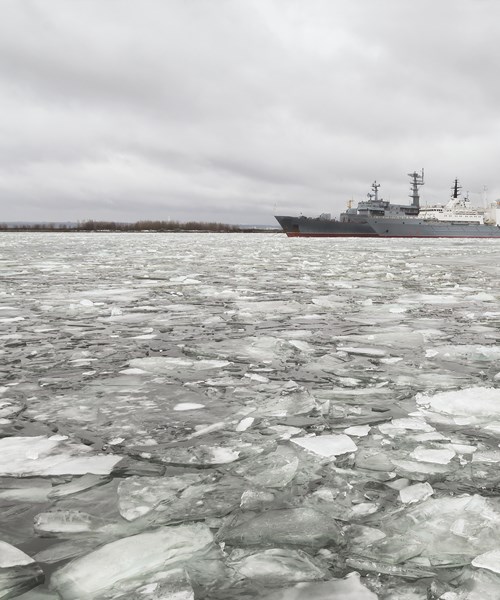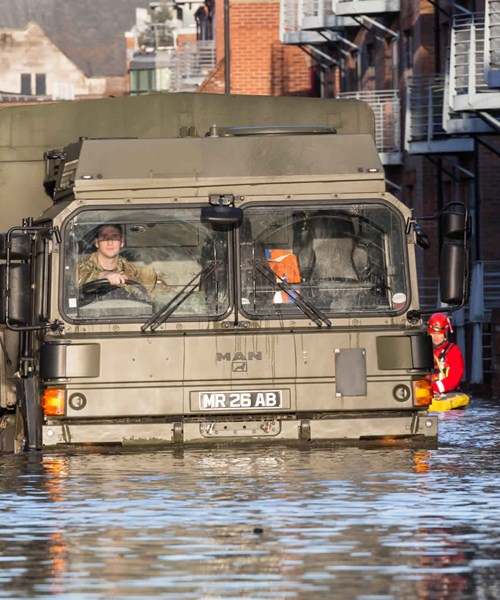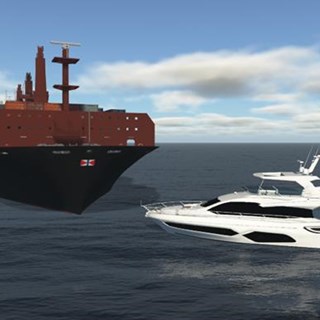As part of a series of articles on Climate and Defence, BMT is taking a closer look to see how Defence Agencies and Defence Forces are approaching and addressing climate change risks and opportunities. This second article examines the situation in Australia and the broader Asia Pacific region.
Defence in Australia
Australia’s Department of Defence has the most extensive land and property holding on the continent, comprising more than 3 million hectares of land and 25,000 buildings, with a replacement value of over $32 billion; it also has large training areas and bases close to the coastline.
Even without climate change, Australia’s highly variable climate means that these Defence lands and facilities are prone to bushfire, flooding, drought and extreme heat but with more chronic climate-related impacts expected from sea level rise, hotter days, and increasing water scarcity.
Climate and extreme weather are also increasingly important considerations for designing and operating new bases, facilities and functions. Defence in Australia strategically pivots from many of its historical sites and areas in the temperate south to the country’s tropical north.
The consideration and management of climate change are encapsulated mainly in the Australian Environment and Heritage Manual (2021), which describes:
'the agreed approach to enabling Australian Defence Force (ADF) capability through long-term sustainable management of the environment’ and applies to Defence’s undertaking as a whole including all land, aerospace and maritime activities.'
A specific section of the Manual is dedicated to ‘Climate Change Adaptation and Mitigation,’ noting that the theme guides and influences several other critical areas in the document, including energy management, water management and bushfire management.
The key climate-related policies of the Manual include:
- The defence will ensure that its estate and infrastructure account for climate risks. Climate and natural disaster risks are part of an all-risks approach to Defence business in a national strategy to strengthen resilience.
- Defence military and enabling capability shall ensure they can operate effectively in projected extremes of environmental conditions within Australian territory and the region.
- The defence will seek to progressively lower its greenhouse gas emissions to maintain or enhance operational capability or resilience.
The E&H Manual provides appropriate recognition of the issues and a sound basis for management as implementation across the Defence estate and operations in decarbonisation and physical risk adaptation agendas emerge.
However, this plan is increasingly influenced by the intensity and frequency of disasters occupying Defence operations – such as the 2019-20 Black Summer bushfires, addressing COVID and border security issues, and the current (February 2022) floods in Southeast Queensland and Northern New South Wales. As articulated in the Government’s 2020 Strategic Defence Update [3], these incidents place disaster response and resilience measures as a high priority in defence planning.
Defence in the Pacific
In a regional context, while Australia is ‘girt by sea, it has a greater adaptation capacity to climate change than most of its neighbours in Oceania, which faces more devastating and likely near-term impacts from climate change. These include, most notably, increasing droughts and water scarcity, coastal flooding and erosion exacerbated by sea level rise, changes in rainfall that affect ecosystems and food production, and adverse impacts on human health (IPCC, 2014, 2018, SPC 2021).
Not surprisingly, the Pacific has become the ‘flashpoint’ for calls to the global community to keep 1.5 °C in reach through the Kainaki II Declaration (and more recently COP 26) but also in the context of contemporary climate change adaptation practice.
However, there is also a critical Defence and Security overlay to climate response in the Pacific as noted by the Pacific Leaders in their Kainaki II Declaration, which stated ‘escalating climate change related impacts, coupled with the intensification of geostrategic competition, is exacerbating the region’s vulnerabilities.
As outlined in an excellent essay by Sargeant (2021), the challenge of climate change in the Pacific continues to be seen by many as subordinate to the challenge of a changing (and competitive) geostrategic order in the region. However, Sargeant argues that these challenges should be viewed as much more convergent, given that climate change poses a more significant challenge when considered over the longer term. If this concept holds, we will likely see much greater alignment between Defence and Climate investment in the region.
Climate changes such as sea level rise are also almost certain to affect the broader South East Asia region, particularly in low-lying countries such as Bangladesh, Vietnam and Indonesia, potentially causing much larger populations to be displaced. The ability of Defence Forces to work collaboratively in the region as part of increasingly multi-lateral aid and disaster relief efforts will be at the forefront of these responses.








